Mozambique: MozYouth and INEP partnership set to strengthen youth skills and employment ...
African Development Bank upgrading infrastructure in Niassa

DW / Lichinga-Cuamba Road
Most of AfDB’s investment in the province of Niassa – which is around US$165 million – is being used to improve roads, but support also includes research.
Among Mozambique’s provinces, Niassa is the one with the biggest public infrastructure problems. That is why the African Development Bank (AfDB) is investing in the province, especially in improving roads and promoting agricultural technology.
AfDB representative Pedro Toyde, who has been to Niassa to meet investors, says that AfDB is “proud of all the investments mentioned”.
“The Bank has an investment of about US$165 million in Niassa, much of it on roads,” he says.
The sum corresponds to about 7 percent of the total AfDB investment in the country over the last 40 years. Since 1977, when cooperation with the Mozambican government began, the AfDB has financed more than 200 projects totalling around US$2.3 billion, according to official figures.
“A major exporter of agricultural products”
In Niassa, part of the amount is to be applied in the expansion of the Lichinga-Litude road, with the tarring of the Massangulo-Muita section and the Lichinga-Cuamba road.

The remainder went on research att the Faculty of Agricultural Sciences of the University Lúrio in Sanga, part of the institution’s plan to “make Africa a major exporter of agricultural products”.
“We have invested in the Faculty of Agronomy at UniLúrio to prepare Niassa’s agrarian entrepreneurs for the challenges of modern industry and the construction of agricultural laboratories,” he explains. To that end, he adds, “electrical infrastructures that are integrated and finalised in the development in the agrarian sector” are necessary .
Quality criticised
Niassa resident Victor Maulana has a good opinion of the African Development Bank’s investments in the province. But he does have some misgivings, especially with regard to the execution of the work.
“We are talking first about the quality of the work itself. A road that is not yet ten years old, and it’s full of holes. I’m talking about the road from Niassa to Ruance. And other parts are not yet finished,” he notes.
Maulana has his doubts the standard of execution, “the materials that are being used” and the companies that are carrying out the work. “Either they are not receiving the funds they should be, or the companies themselves are not applying them properly,” is his final word.


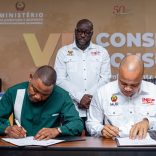


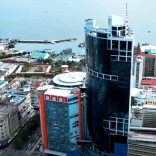
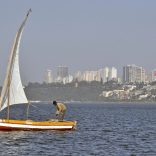
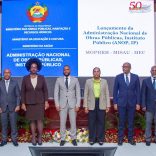


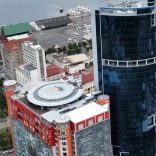
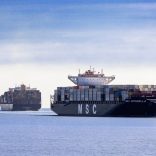

Leave a Reply
Be the First to Comment!
You must be logged in to post a comment.
You must be logged in to post a comment.